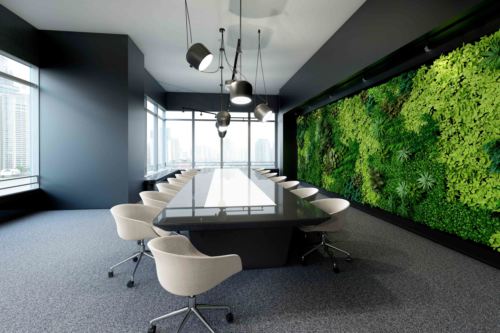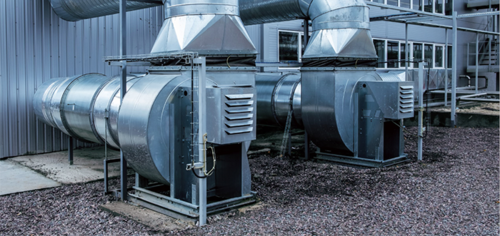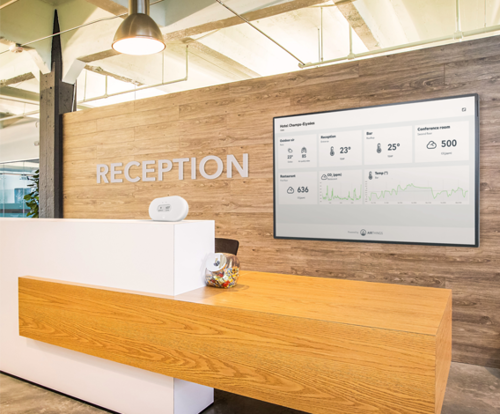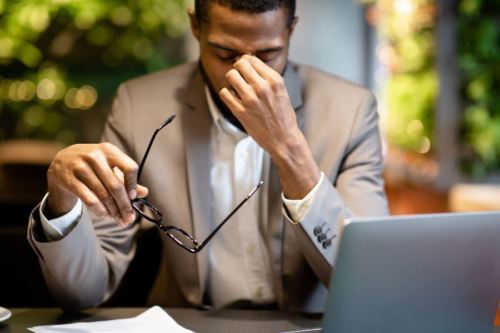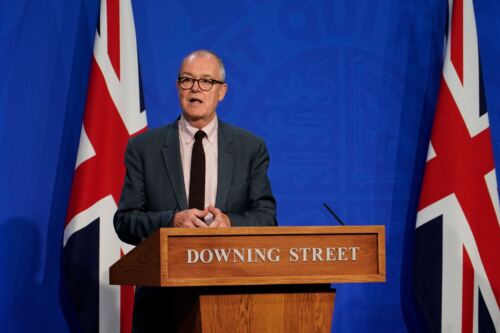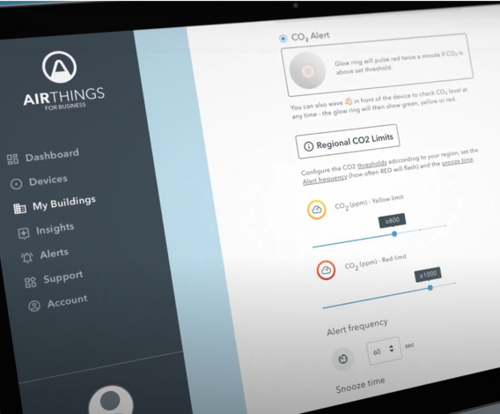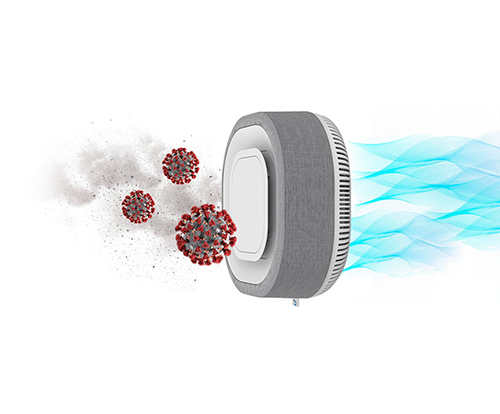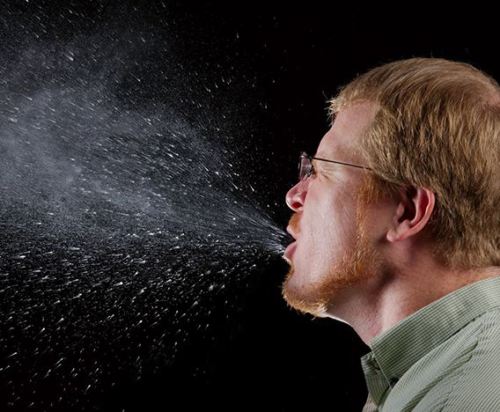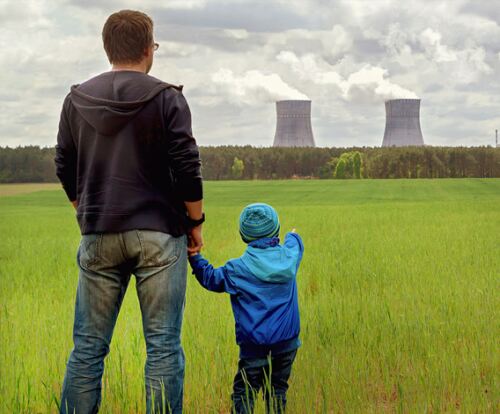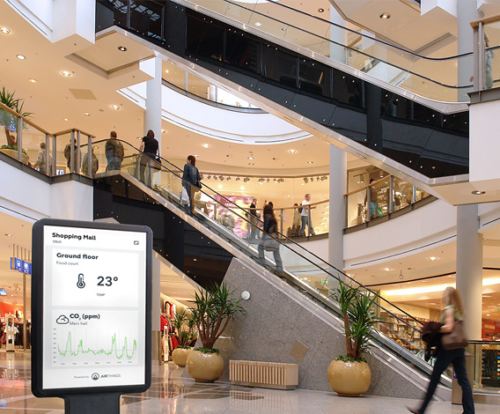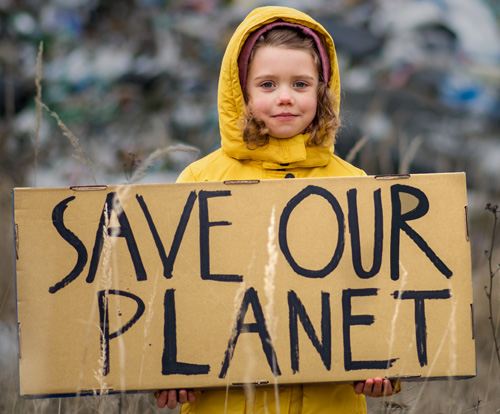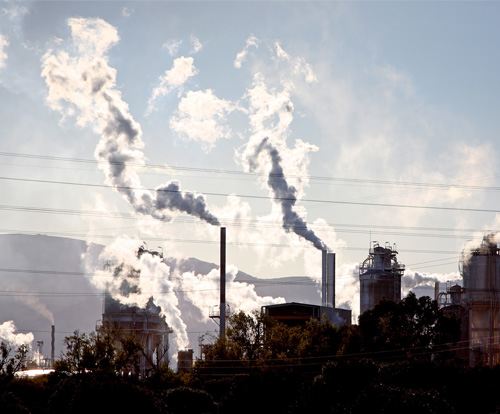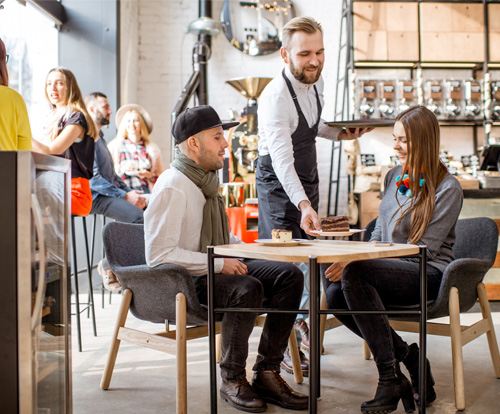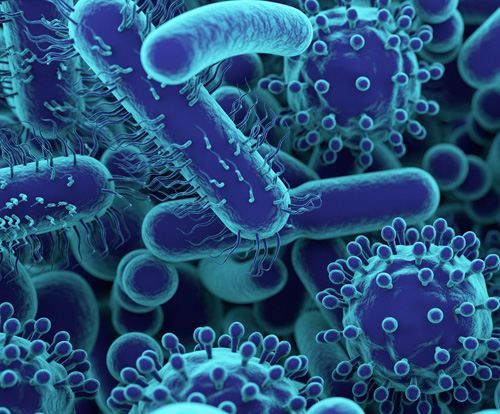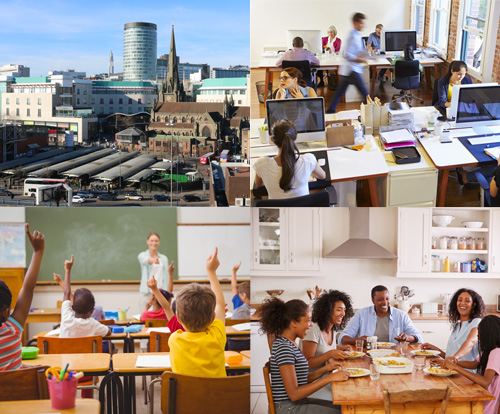
Why indoor spaces have a higher risk of virus transmission
Virus transmission risks are significantly greater in indoor spaces due to the spread of microscopic droplets or aerosols, which can remain suspended in the air for long periods of time.

When someone with Covid 19 or other airborne virus like seasonal flu or the common cold breathes, speaks, coughs or sneezes, they release tiny droplets and aerosols that contain the virus. Larger droplets fall quickly to the ground, however, aerosols containing the virus can remain suspended in the air for long periods of time. If someone breathes in these airborne virus particles, they too can become infected.
Some circumstances increase the risk of infection:
- Indoor spaces, particularly indoor environments where ventilation with outside air is inadequate
- Prolonged time of exposure (longer than a few minutes)
- High occupancy levels / crowded spaces
- Humidity, CO2 and temperature can all affect the virus transmission rate in indoor spaces along with high occupancy levels
- Poor ventilation
- Activities that increase emission of respiratory fluids, such as speaking loudly, singing, or exercising
“In an average size meeting room without adequate ventilation, three people can cause CO2 to reach a level that affects their cognitive function in just 45 minutes. And if one of those people are sick, it could take between five and 30 minutes for them to produce enough virus particles to contaminate the other two.”

So, in poorly ventilated rooms the amount of virus in the air can build up, increasing the risk of spreading Covid 19, especially if there are lots of infected people in the room. The virus can also remain in the air after an infected person has left the room. As workspaces tend to have high occupancy rates there is a higher than normal risk of the transmission of viruses, and for this reason, ventilation is crucial in the management of airborne disease. Monitoring CO2 levels can indicate high occupancy levels in a room and when ventilation is poor and needs to be increased.
Buildings cannot breathe
Much of the UK’s building stock is old and was built with natural ventilation systems that include air bricks grilles and vents. In the last few decades, there has been a focus on energy efficiency and so, many of these buildings have been made air tight to make them more energy efficient, without adding mechanical ventilation systems to compensate for the loss in natural air circulation. Put simply, many buildings simply cannot breathe. Buildings without mechanical ventilation systems are likely to have poor ventilation meaning that there is not enough fresh outside air being added to dilute indoor stale air. Virus transmission risks are significantly increased indoors, and when ventilation is poor, these risks increase still further.
Why is ventilation so important
Ventilation is the process of introducing fresh air into indoor spaces whilst removing stale air that may be hot and humid or contain pollutants and other impurities. Bringing fresh air into indoor spaces dilutes air containing virus particles and helps prevent the spread of viruses like Covid 19, flu and the common cold. Good ventilation also has additional benefits such as better concentration and decision making, improved wellbeing and increased productivity.

Bringing fresh air into a room and removing older stale air that contains virus particles reduces the chance of spreading respiratory infections. The more outdoor air that is brought indoors, the quicker any airborne virus will be removed from the room. The number of air changes per hour (ACPH) is specified for certain environments and in most cases it should be around six ACPH. ACPH measures how many times the air in the room is replaced in an hour. This animation from the Health & Safety Executive highlights the various ventilation strategies.
Latest Articles
The business risks emerging from the global COVID-19 pandemic
Read More >Enhance HVAC performance, improve energy efficiency and reduce emissions
Read More >High absenteeism and reduced wellbeing
Read More >How does air quality affect your business
Read More >What the experts say
Read More >Risk indicators and monitoring
Read More >Ventilation and filtration
Read More >Transmission & Prevention
Read More >The History of Air Pollution
Read More >Ambient Air Pollution
Read More >Indoor air pollution & the indoor generation
Read More >Climate change and the climate emergency
Read More >What’s in the air we breathe outdoors?
Read More >What’s in the air we breathe indoors?
Read More >Other indoor biological pollutants
Read More >How air pollution affects our lives
Read More >